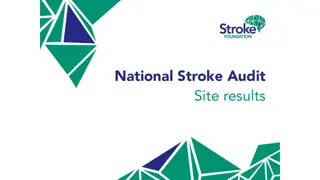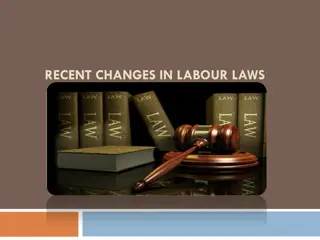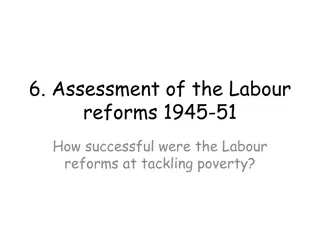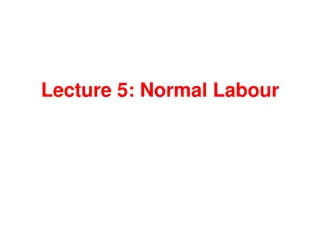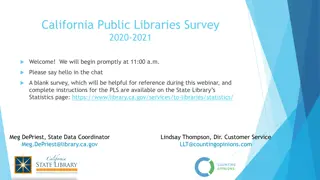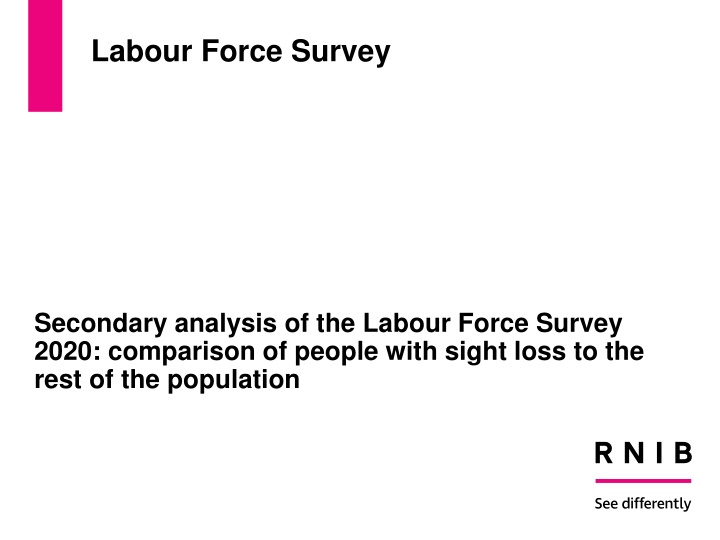
Analysis of Sight Loss in Labour Force Survey 2020
"Explore a secondary analysis of the Labour Force Survey 2020 comparing individuals with sight loss to the general population. Discover insights on employment rates, trends, and key differences in data interpretation." (245 characters)
Download Presentation

Please find below an Image/Link to download the presentation.
The content on the website is provided AS IS for your information and personal use only. It may not be sold, licensed, or shared on other websites without obtaining consent from the author. If you encounter any issues during the download, it is possible that the publisher has removed the file from their server.
You are allowed to download the files provided on this website for personal or commercial use, subject to the condition that they are used lawfully. All files are the property of their respective owners.
The content on the website is provided AS IS for your information and personal use only. It may not be sold, licensed, or shared on other websites without obtaining consent from the author.
E N D
Presentation Transcript
Labour Force Survey Secondary analysis of the Labour Force Survey 2020: comparison of people with sight loss to the rest of the population
Background The Labour Force Survey (LFS) is a study of the employment circumstances of the UK population. It is one of the largest household studies in the UK, with 40,000 households (roughly 90,000 individuals) taking part each quarter. It provides the official measures of employment and unemployment used by the UK government. We can use LFS to compare the employment circumstances of blind and partially sighted people to other disabled people and non-disabled people.
Interpreting the data LFS indicates a higher employment rate for people with sight loss than other research such as My Voice, and these studies are not directly comparable. The key differences are: LFS uses a subjective definition of sight loss, the sample is representative of the UK population and it identifies are wide range of people with sight loss, including those who aren t eligible to be registered blind or partially sighted. My Voice uses an objective definition of sight loss based on Certification of Vision Impairment eligibility, the sample is representative of registered blind and partially sighted people and it focuses on people with more severe sight loss who are registered.
Employment rate The employment rate for people with difficulty seeing is significantly lower then the UK average: 48% - people with difficulty seeing 53% - other disabled people 81% - non-disabled people 76% - all people of working age
Trends LFS has a relatively small sample of people with sight loss each quarter, and so identifying trends is difficult or impossible. For example, over the last few years the employment rate had varied in the range of 58% to 43% in specific quarters. Over the last 24 LFS quarters, the employment rate for people with a disability caused by a seeing difficulty has been stable at around 50%.
Employment rate for people with difficulty seeing from Q1 2015 to Q4 2020 60% 50% 40% 30% 20% 10% 0% 2015 Q1 2016 Q1 2017 Q1 2018 Q1 2019 Q1 2020 Q1
Trends This fluctuation is evident even if we aggregate the quarterly surveys over a longer time period. Employment rate for people with difficulty seeing aggregated over 12 months: 2015 47% 2016 52% 2017 53% 2018 45% 2019 48% 2020 48%
Further information The full Labour Force Survey secondary analysis report is available on the Insight Hub and the external website. Please contact John Slade (john.slade@rnib.org.uk) with any questions.


